A couple of years ago, I wrote a 48 Hours guide to what you can see and do in Las Palmas de Gran Canaria for The Independent. Generally, people were pretty positive about the piece with the exception of Conoce La Isleta. Why hadn't I mentioned their barrio? Two years on, guys, here's my belated love letter to La Isleta.
Knowing where La Isleta's at
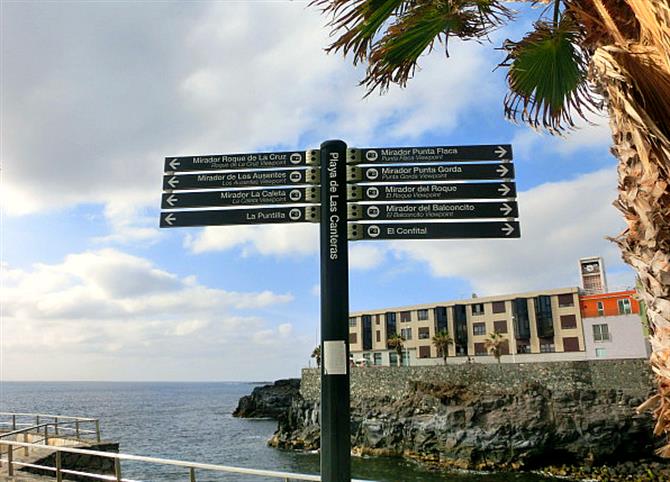
As one of Las Palmas de Gran Canaria's most populous areas, La Isleta's pretty easy to find. Its coastal area connects the beaches of Las Canteras and El Confital. This is the most gentrified part of La Isleta, with stylish new apartments nestled alongside trendy bars and restaurants.
La Isleta's convenient to reach by bus too. Many of the lines of the municipal service terminate at what's known as the Puerto stops. They're located in the main Plaza Ingeniero Manuel Becerra square, home to a bar scene that's more local than the promenade one.
Capturing the castle
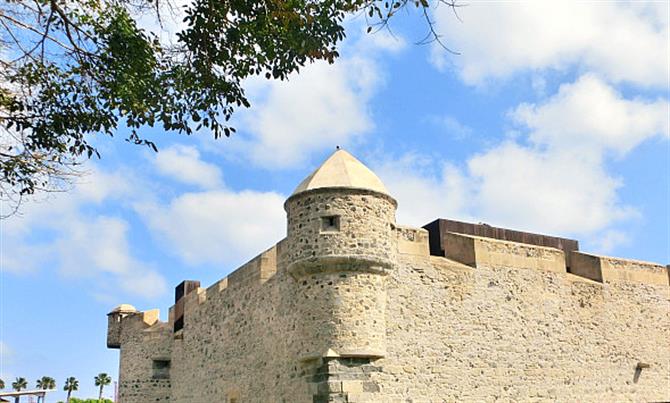
Famously Lisbon, and, altogether less famously, Sunderland are home to stadiums of light. Local heroes UD Las Palmas, meanwhile, play at the Estadio Gran Canaria. However, the city has a castle of light in La Isleta's Castillo de la Luz, housed in a park which features a great little playground for kids.
Las Palmas de Gran Canaria was founded on the 24th June 1478 on the banks of the Guiniguada ravine by captain Juan Rejón. Yet, it was on the beaches of La Isleta that Rejón and his men landed. The Spanish would safeguard their treasure by constructing the Castillo de la Luz in 1552, the oldest fortress on the island, which stood tall against pirate attacks from the likes of Francis Drake.
La Isleta's art for all
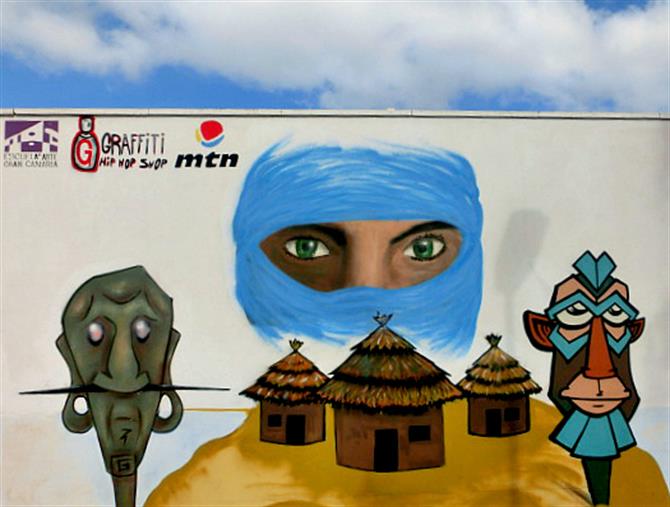
It's not only the sun that shines bright in Las Palmas de Gran Canaria's La Isleta. For this inner-city area's awash with colour. Particularly in the generous wall space given over to graffiti of the most fluorescent variety. Spray-cans a glo-glo.
Street art enthusiasts will be able to see the above work close to the port entrance. A collaboration between the Escuela de Arte y Superior de Diseño Gran Canaria and Graffiti HipHop Shop, it offers a strikingly alternative holiday snap. Because after a while, all churches start to look the same, don't they?
Getting the party started
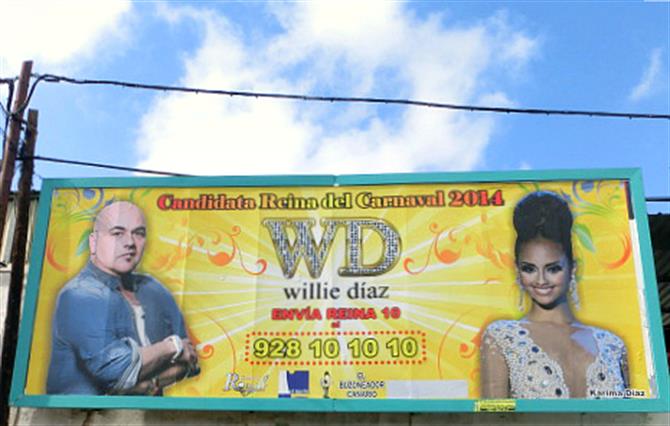
Most of the city's major parades start in La Isleta. Every 5th of January the three wise men arrive on their camels by boat in La Naval before they head south along León y Castillo for the Cabalgata de los Reyes. And the Carnaval de Las Palmas de Gran Canaria processions follow the same route.
As well as getting general city parties started, La Isleta has its own fiestas. July sees the fiesta held in honour of Nuestra Señora de Carmen (Our Lady of Carmen), with the statue of the Virgin Mary travelling by way of maritime procession. There are further fiestas organized in celebration of Nuestra Señora de La Luz (Our Lady of the Light), patron saint of the port, commemorating the locals repelling the attack of British admirals Francis Drake and John Hawkins on the 6th October 1595. Check out the memorial to the defenders of the city in front of the Castillo de la Luz.
Let there be light
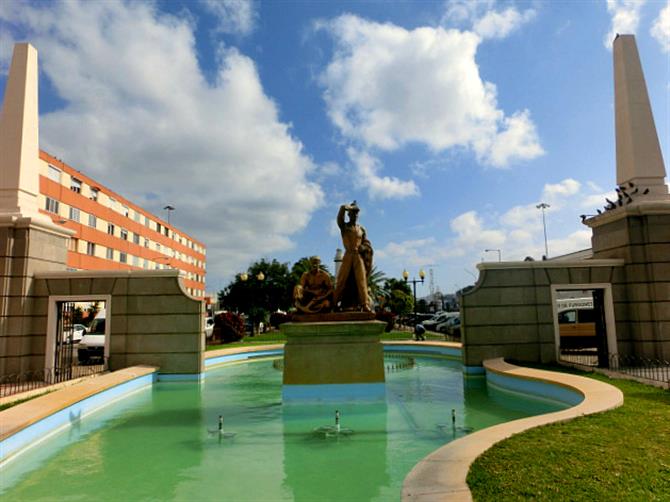
La Isleta's sited on a small peninsula. Unsurprisingly, its residents have a history of being both fishermen and sailors. It's home to Puerto de la Luz, built by Swanston and Company between 1883 and 1903, to replace the old port in San Telmo.
It may have been a British firm who won the contract, but local engineer Juan de León y Castillo (1834-1912) oversaw the whole project. Today, it's the largest container port in the North Africa region. It's also visited by 1,000 ships a month, making it one of Spain's busiest ports.
High times in La Isleta
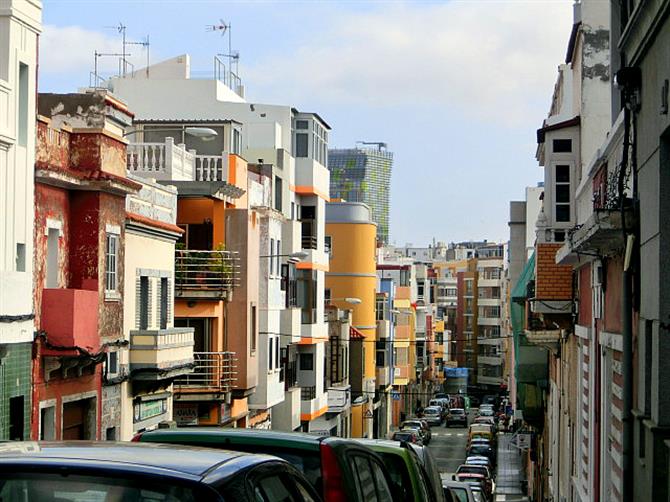
You'll certainly give your calves a good workout with a walk around La Isleta. For the neighbourhood's streets are the city's steepest. For the best vantage point, continue up to Las Coloradas which, at 293 metres, is Las Palmas de Gran Canaria's highest peak.
Gran Canaria's 9/11
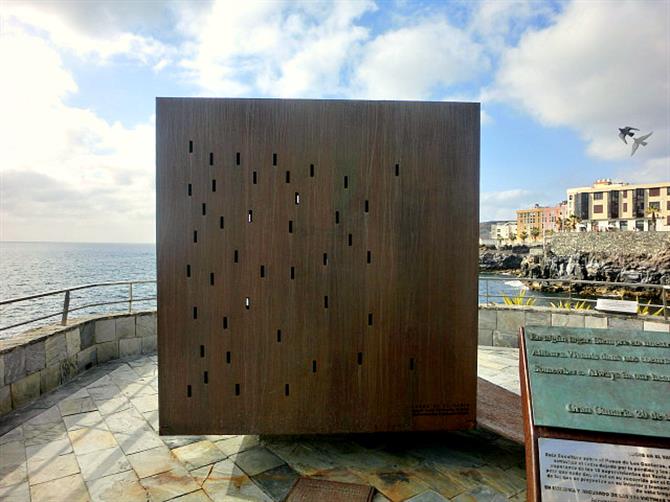
On 20th August 2008, Spanair Flight JK5022 crashed soon after taking off at Madrid's Barajas airport, killing 154 passengers. It was heading to Gran Canaria and the Lights in the Sky artwork is dedicated to their loss. Whilst, at the same time, representing the hope of the 18 survivors.
